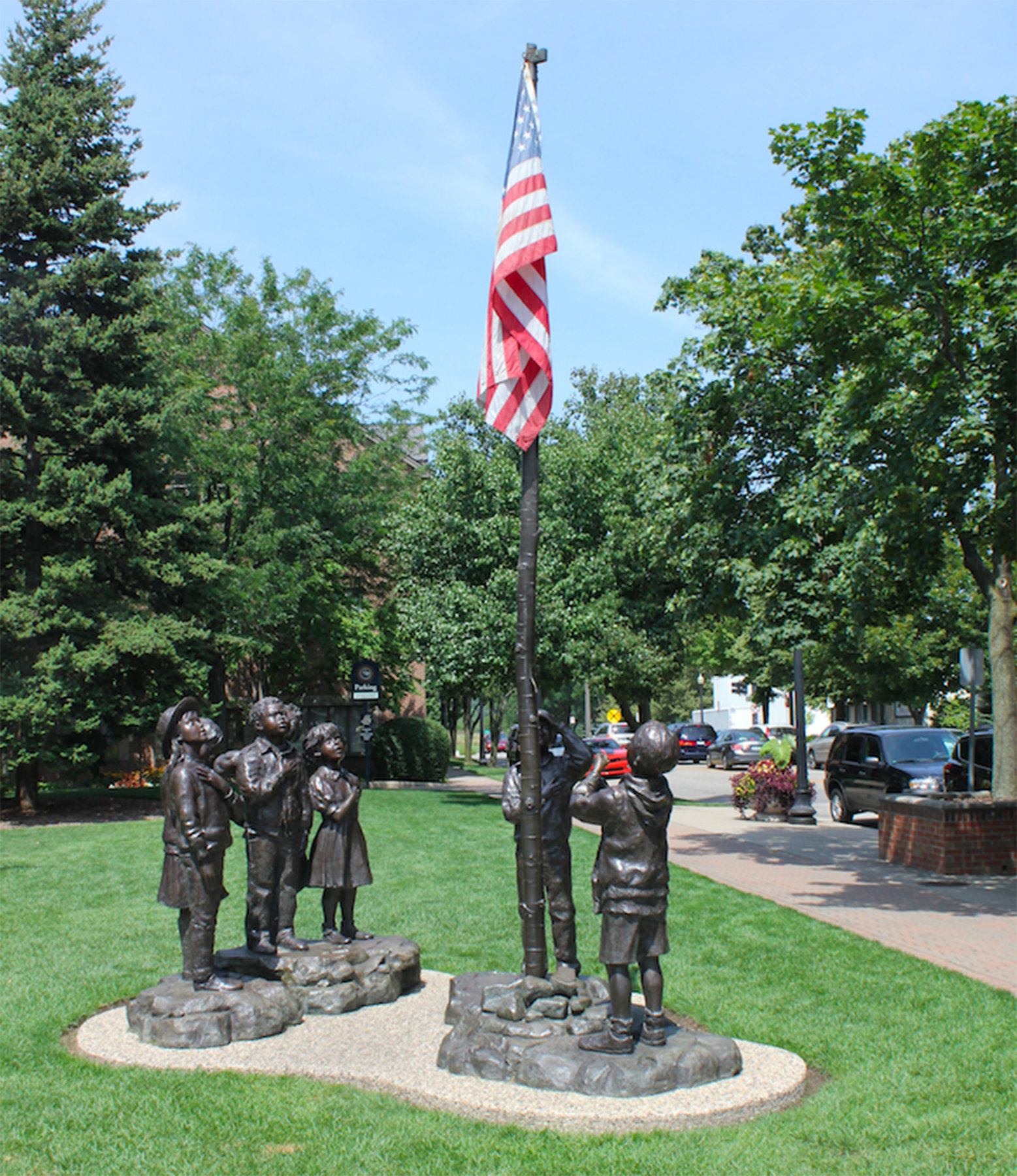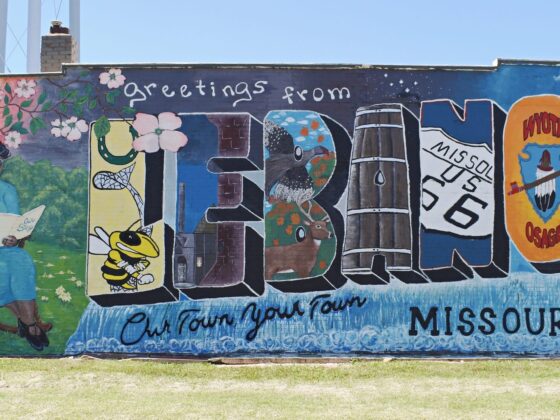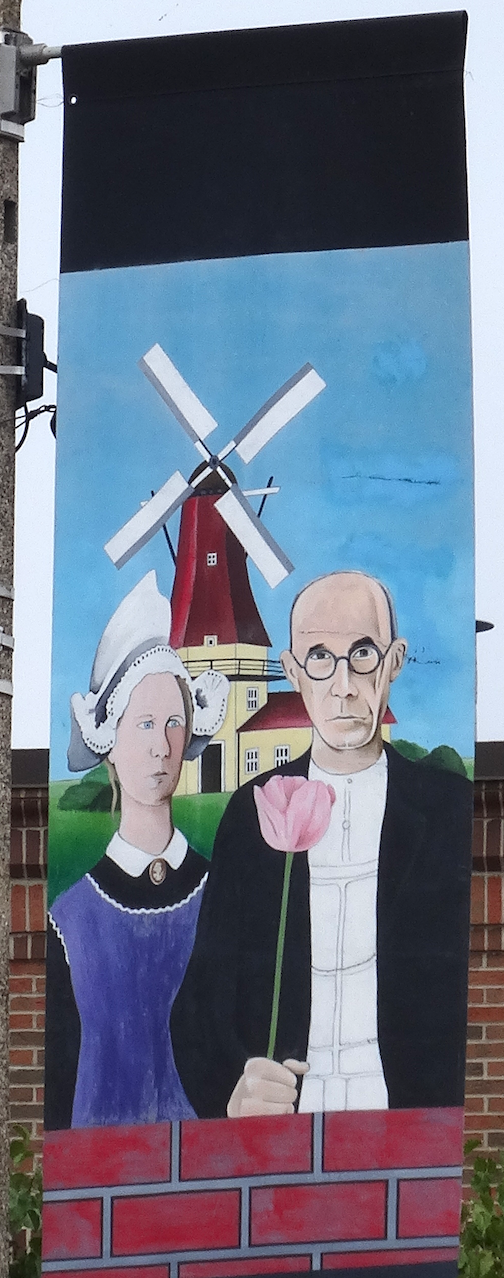
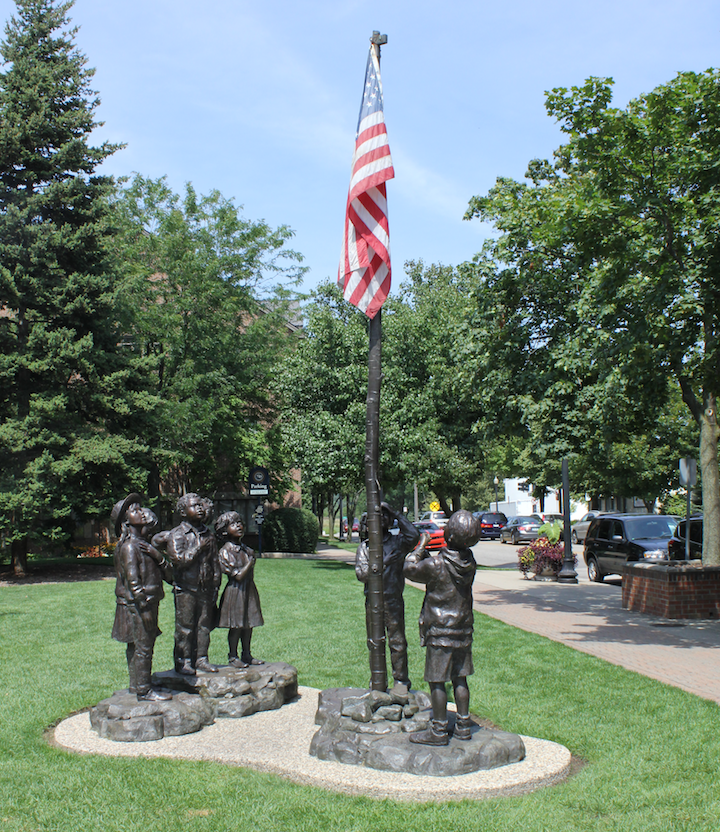
Among the objective elements that make Holland and unusual, and the questions they raise in turn:
- This town and the immediate area have an extraordinary concentration of manufacturing facilities, of the kind you might not imagine exist in America any more. The “Big Three” of the world’s office-furniture industry — Steelcase, Herman Miller, and Haworth — are here or in the immediate environs. A number of major auto-industry suppliers still have viable plants, some of which have shifted to other product lines. Korea’s LG company has its biggest battery factory outside of Asia (a special story, for another time). A college friend of mine runs a metal/ plastic/paper recycling works that employs well over 500 people. This is not even to mention the world’s largest pickle-processing plant, below.San Francisco has a culture of people who start new web companies; DC, people who start new blogs or interest groups or think tanks. In this part of Western Michigan, it’s a culture of people who start companies that make things. This reminds me of Southern China, and as with China it makes me curious about why, and why here.
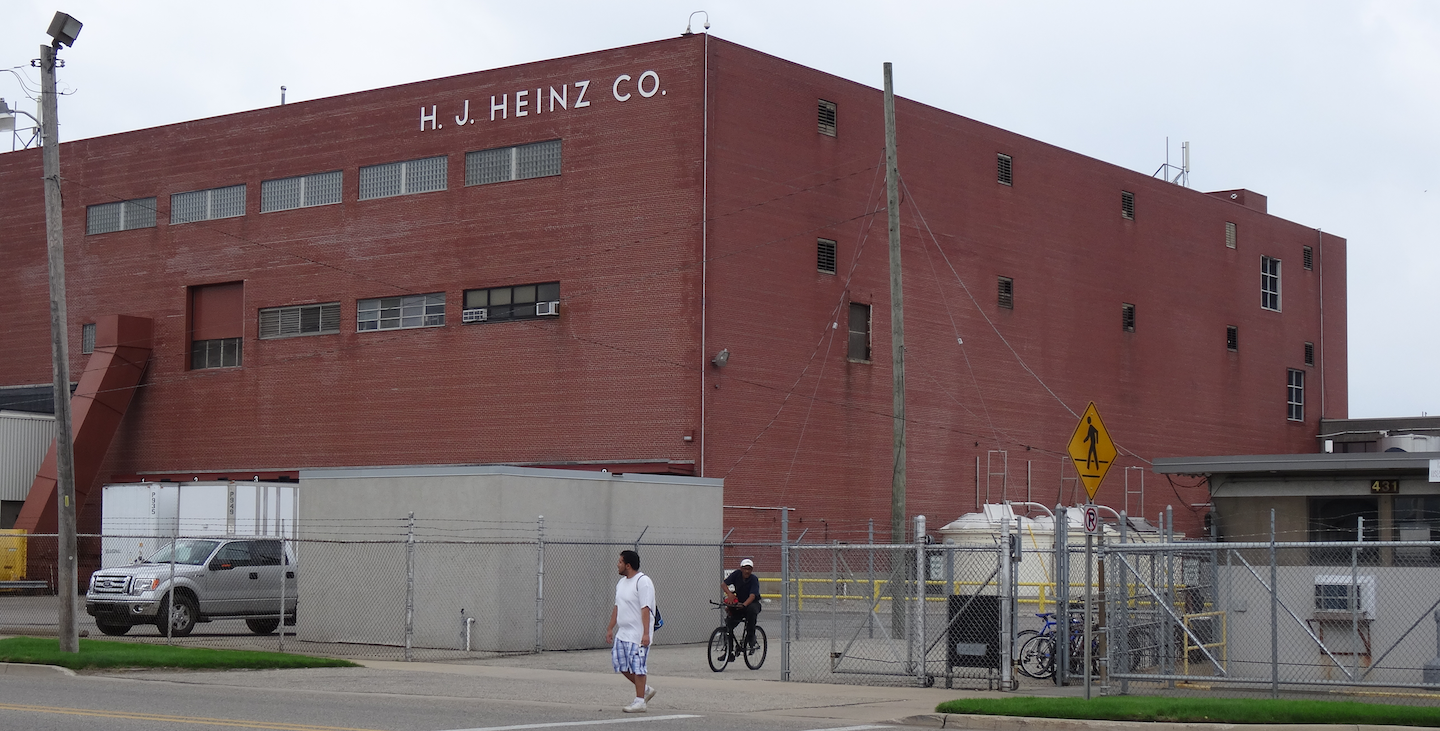
- The city is small, but its downtown seems to have genuine life, in a way that is puzzling to anyone who has seen most comparable downtowns get hollowed-out and turned into check-cashing/pawn-shop strips as the big-box stores come into town. It can’t have survived by accident, and I have been asking about the explanations.
- A number of very rich industrial families still live in or feel connected to this little town. How they rose to wealth is one interesting question; why they stay here is another.
- Holland has Lake Michigan on one side, and the lagoon-like Lake Macatawa on another, and has the attributes of a resort town (see below) — yes it seems not to have a tourist-dependent economy.
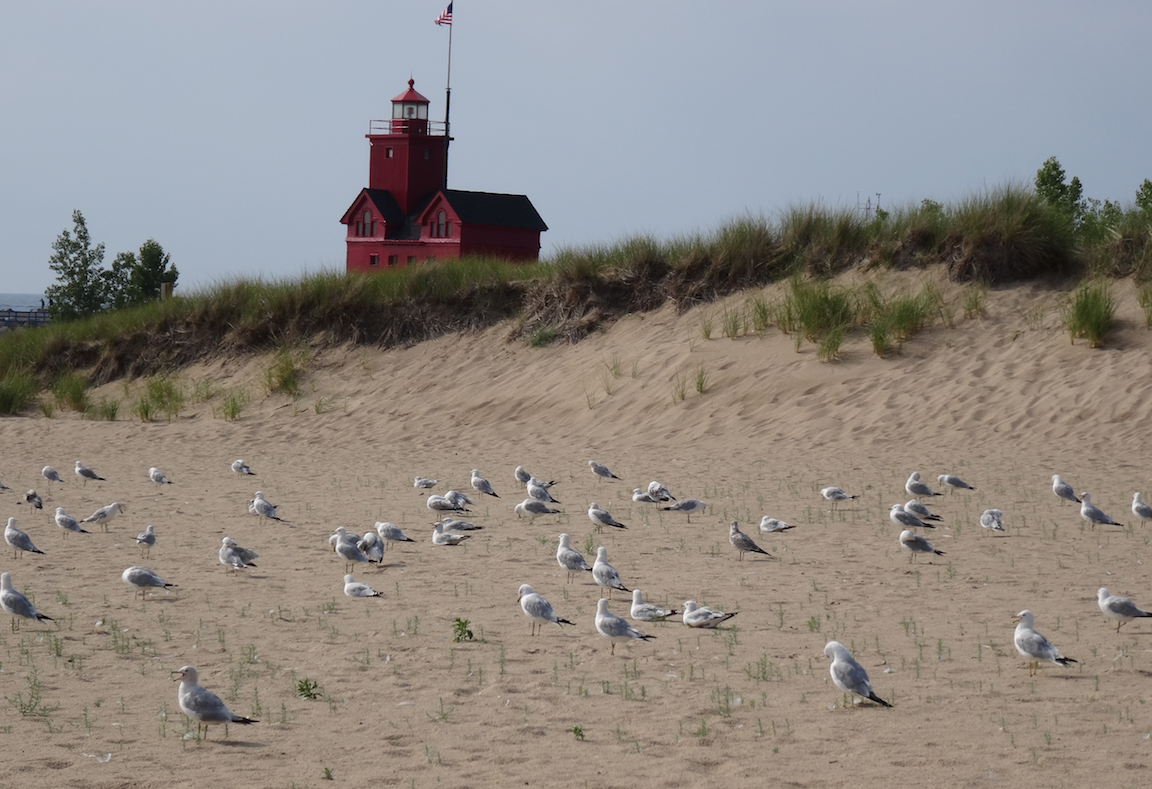
- Holland’s identity is — no surprise! — traditionally Dutch, and I have seen more Dutch-origin names here than anywhere except Amsterdam. Yet its public schools are “majority-minority,” and — like the rest of the Midwest, we keep discovering — it is a tremendous magnet for especially Latino immigration. This is the timeless American saga, with new elements here we are learning about.
- There is a college right in the middle of downtown; there are sophisticated European-staffed design operations in a city that seems to project a proud retro-American inland provincialism; it seems big and it seems small. All this too is something we’re trying to learn more about.
- And … New Holland Brewing, right downtown!
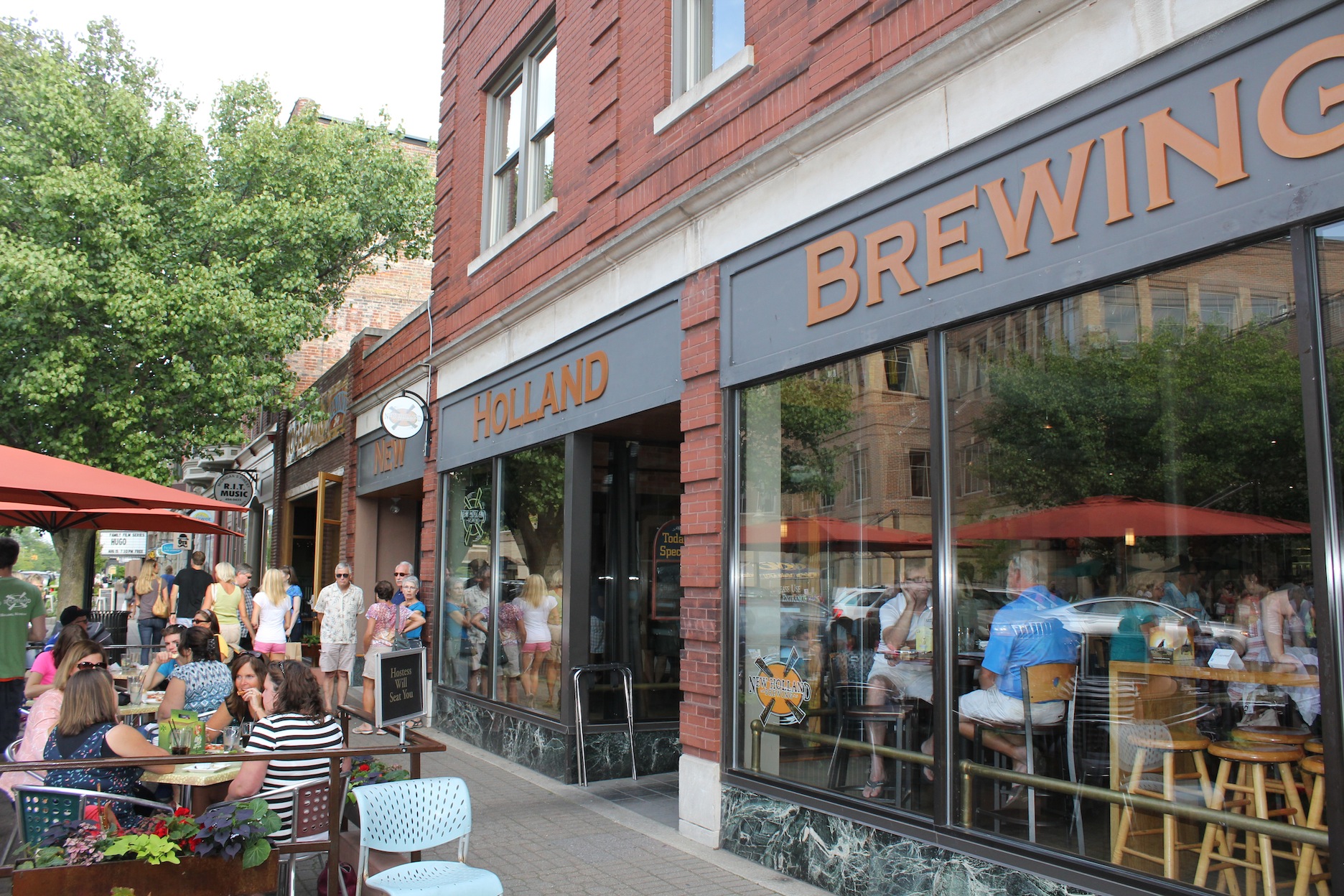
This is a “showing our work” introductory note: what we’re trying to do, how we’re trying to do it, what we’re guessing at, the patterns we’re looking for. In the next few days more about Holland’s factories and why so many have survived; about its shifting demographics and the strains they create and ease; about the surprising civic culture that seems to account for many of its successes; and about the risks and fears we’ve heard people talk about. This is certainly enough for now — and also, we hear that the Holland Symphony is giving a free outdoor concert in the park.

